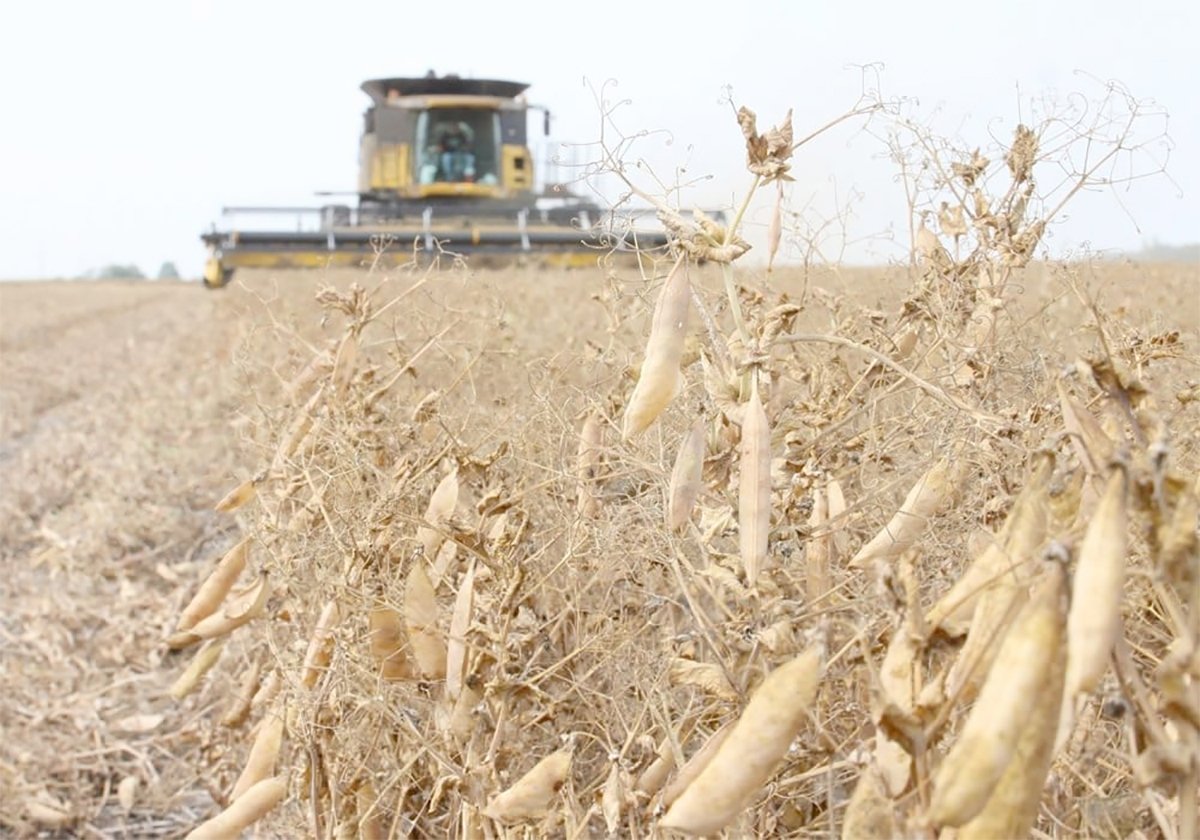Delayed until 2015 The company is seeking approval for Banvel II herbicide and hopes for ‘a successful outcome in 2014 sometime’
Canadian growers will have to wait another year to get their hands on dicamba tolerant soybeans.
“This one is running a little longer than we would have anticipated,” said Mark Lawton, technology development lead for Monsanto Canada said Nov. 25.
The company issued a news release on Jan. 24 saying it had received full regulatory approval in Canada for Genuity Roundup Ready 2 Xtend soybeans, which are tolerant to both glyphosate and dicamba herbicides.
The release stated that pending key global regulatory approvals, the crop would be commercialized in 2014. But the approval process has been slower than anticipated in China and the United States.
Read Also

Chinese, Indian tariffs take toll on pea prices
The disruption of pea exports from Canada’s largest customers will likely result in slow pea exports for the remainder of the crop year.
Groups that don’t want the trait commercialized successfully petitioned the U.S. Department of Agriculture to conduct lengthy environmental impact statements on Monsanto’s dicamba tolerant trait and Dow AgroSciences’ 2,4-D tolerant trait.
There have also been regulatory delays in China, which is the world’s top soybean destination.
Lawton said the new timeline for commercialization is 2015.
While the trait has been approved in Canada, the chemistry has not. Monsanto is seeking approval for a new use for Banvel II herbicide on soybeans.
“We’re on track to have a successful outcome we believe in 2014 sometime,” he said.
The company will follow up the Banvel application by seeking regulatory approval for a new lower-volatility formulation of dicamba.
Lawton said the Genuity Roundup Ready 2 Xtend soybeans will give growers another mode of action to control weeds starting in 2015.
Dicamba offers residual weed control when applied in the spring.
“We’ve seen a nice two-plus bushel benefit from that pre-emergent application of dicamba with Roundup,” said Lawton.
It gives growers another option for hard-to-control weeds like wild buckwheat and a way to manage the four glyphosate resistant weeds found in Canada, which are kochia, giant ragweed, common ragweed and Canada fleabane.
Lawton said the dicamba trait will be available in soybean varieties with a nice mix of maturities suitable for Eastern Canada by 2015. It will take up to two years longer to get the trait in varieties suitable for Western Canada.
“We think the Xtend crop system with dicamba and Roundup would be of high interest to farmers in the west as well, so stay tuned,” he said.
Monsanto is working on introducing the dicamba trait into canola as well.
“We did have it in the country this past year in confined trials. It looked excellent,” said Lawton.
“We’re probably looking into the early part of the next decade before that’s in a commercial field of view.”















